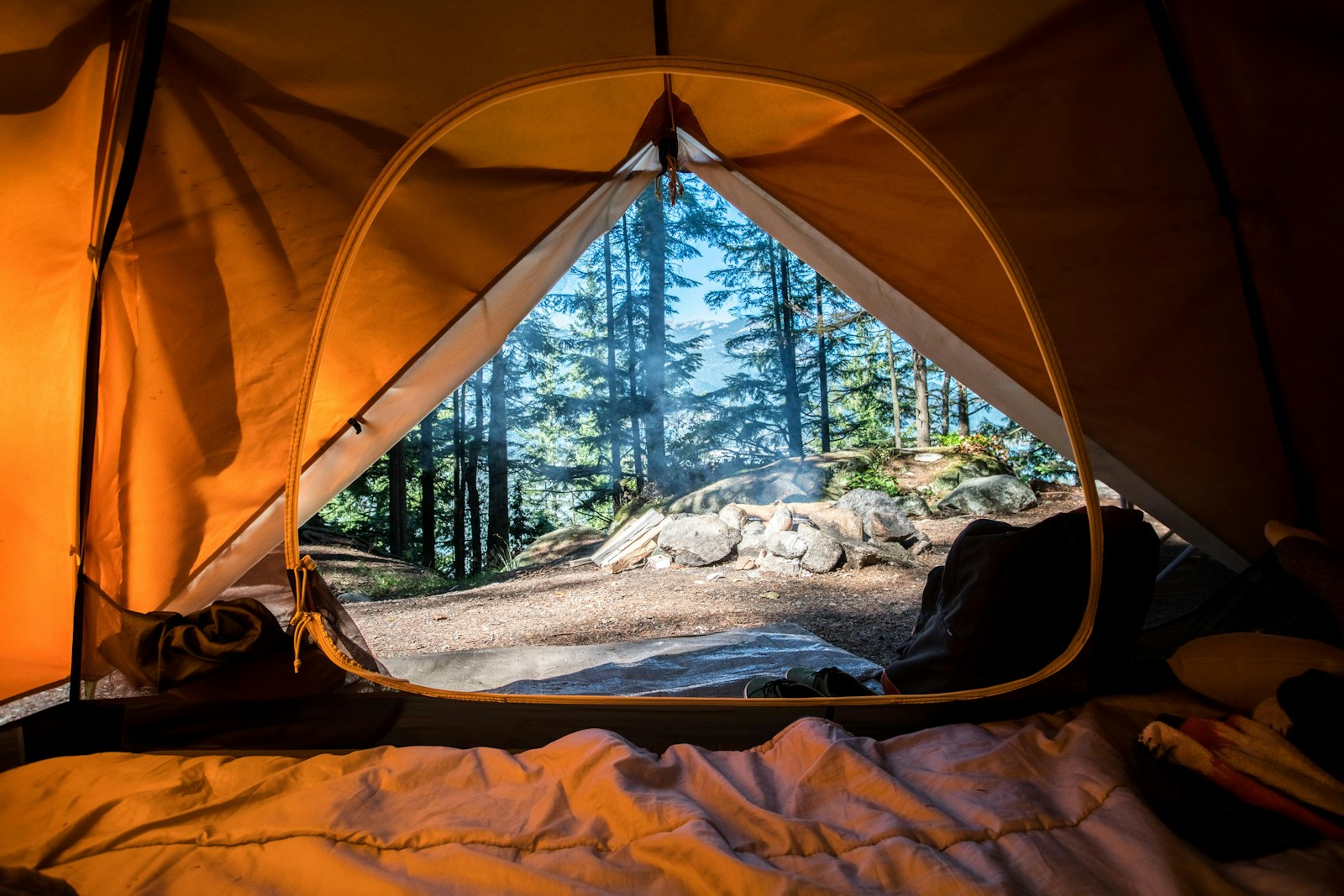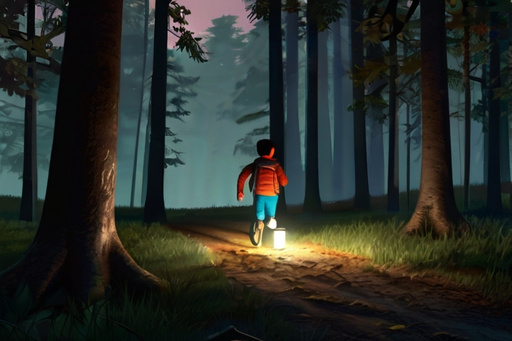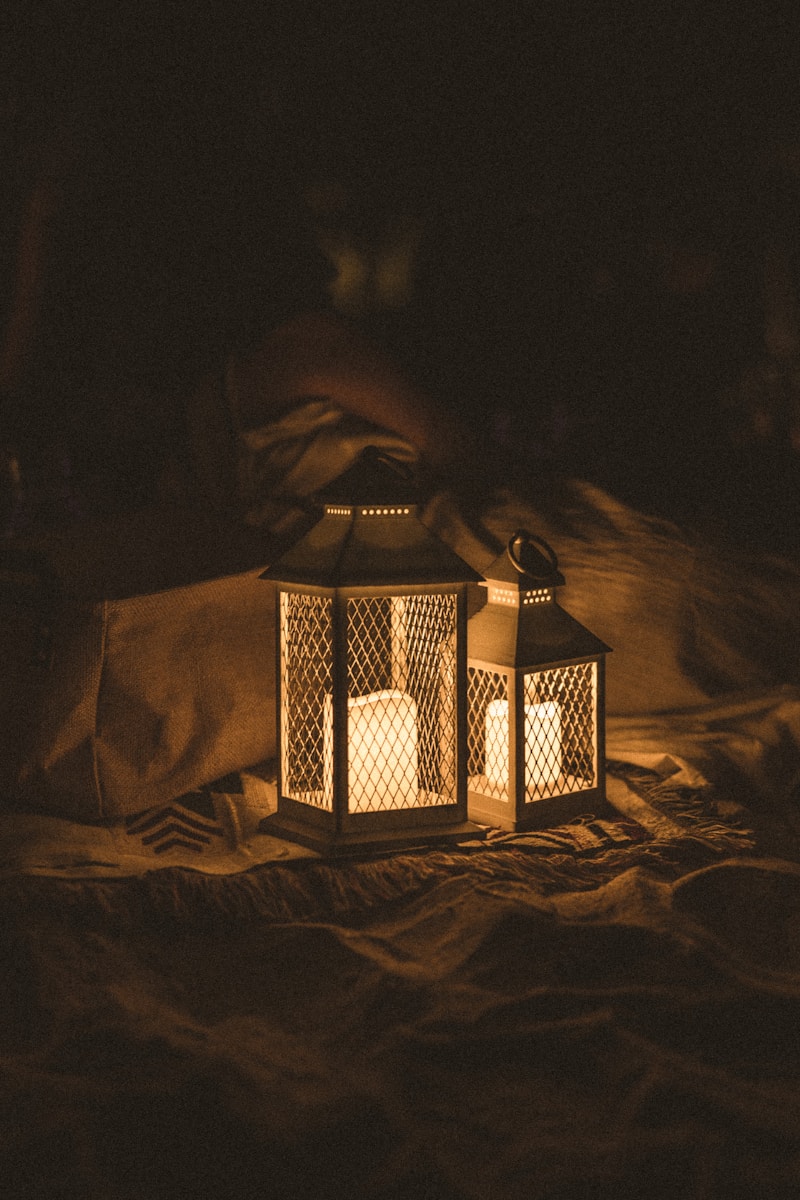Welcome to the breathtaking beauty of Big Bend National Park, located in the heart of Texas. With its vast landscapes, rich history, and unique geographical features, this park offers an unforgettable experience for all nature enthusiasts. From towering mountains and meandering rivers to diverse flora and fauna, the park boasts a stunning array of natural wonders.
Whether you’re an avid hiker, wildlife lover, or photography enthusiast, Big Bend has something to offer. In this article, we will take you on a journey through the park’s history, explore its captivating geography, and highlight the must-see attractions and activities. So pack your bags and get ready to immerse yourself in the wonders of Big Bend National Park.
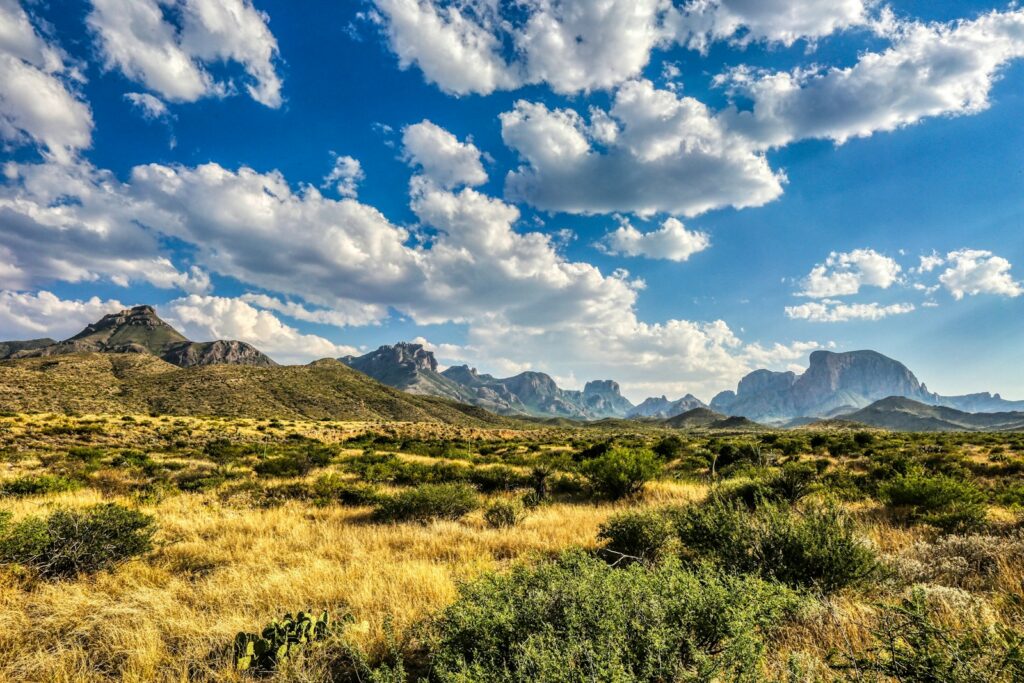
Introduction To Big Bend National Park
Welcome to Big Bend National Park, a hidden gem nestled in the southwestern corner of Texas. Located along the border with Mexico, this expansive park offers breathtaking landscapes, diverse wildlife, and a rich history that will captivate your senses. Imagine yourself standing on the edge of towering canyons, gazing at the Rio Grande winding through the desert, and soaking in the beauty of star-filled skies. With its unique features and fascinating history, Big Bend National Park is a must-visit destination for nature enthusiasts and history buffs alike.
History and Significance
The history of Big Bend National Park dates back thousands of years. Native American tribes, including the Mescalero Apache, Jumano, and Comanche, inhabited this region long before European settlers arrived. The area’s strategic location along the Rio Grande made it an important crossroads for trade and transportation.
During the 19th century, the park area witnessed significant historical events, such as the Mexican-American War and the Civil War. The Butterfield Overland Mail Route, an early transcontinental stagecoach line, also passed through the region, leaving behind remnants of its operation. Additionally, the park’s isolation and rugged terrain served as a haven for outlaws and bandits, adding another layer of intrigue to its history.
Big Bend National Park became a protected area in 1944, preserving its unique natural and cultural resources. Today, the park stands as a testament to the diverse history and cultural significance of the region, drawing visitors from around the world.
Geography and Landscape
Big Bend National Park spans over 800,000 acres, showcasing a variety of breathtaking landscapes. From the soaring Chisos Mountains to the rugged canyons and vast desert expanses, the park offers a diverse array of natural wonders.
The Chisos Mountains, located in the heart of the park, serve as an oasis of greenery and are home to the park’s highest peak, Emory Peak. The Rio Grande forms the park’s southern boundary, carving deep canyons and offering opportunities for water-based activities such as rafting and kayaking.
The park’s unique geography also supports a diverse range of flora and fauna. From the iconic desert plants like cacti to lush riparian habitats along the Rio Grande, visitors can experience an astounding variety of ecosystems within the park. Keep an eye out for native wildlife such as black bears, mountain lions, and javelinas as you explore the park’s trails and overlooks.
The climate in Big Bend National Park is characterized by hot summers and mild winters, with temperatures frequently soaring above 100 degrees Fahrenheit in the summer months. The best time to visit is during the spring and fall, when the temperatures are more moderate, and wildflowers bloom across the desert landscape.
Attractions and Activities
Big Bend National Park offers a plethora of attractions and activities that cater to every interest. Hiking enthusiasts will find themselves spoiled for choice with over 150 miles of trails, including the iconic Window Trail and the challenging South Rim Trail, which offers breathtaking views of the surrounding canyons.
For those seeking a slower pace, camping is a popular activity in the park. Whether you prefer backcountry camping, car camping, or pitching a tent in one of the established campgrounds, spending a night under the starry desert skies is an experience not to be missed. Don’t forget to bring your camera, as the park’s dark skies offer unparalleled opportunities for astrophotography.
Wildlife viewing is another highlight of Big Bend National Park. Keep your binoculars handy as you may spot elusive species such as the roadrunner or the elusive and endangered Mexican black bear. The park also offers interpretive programs and guided tours, providing visitors with insights into the park’s ecology, history, and geology.
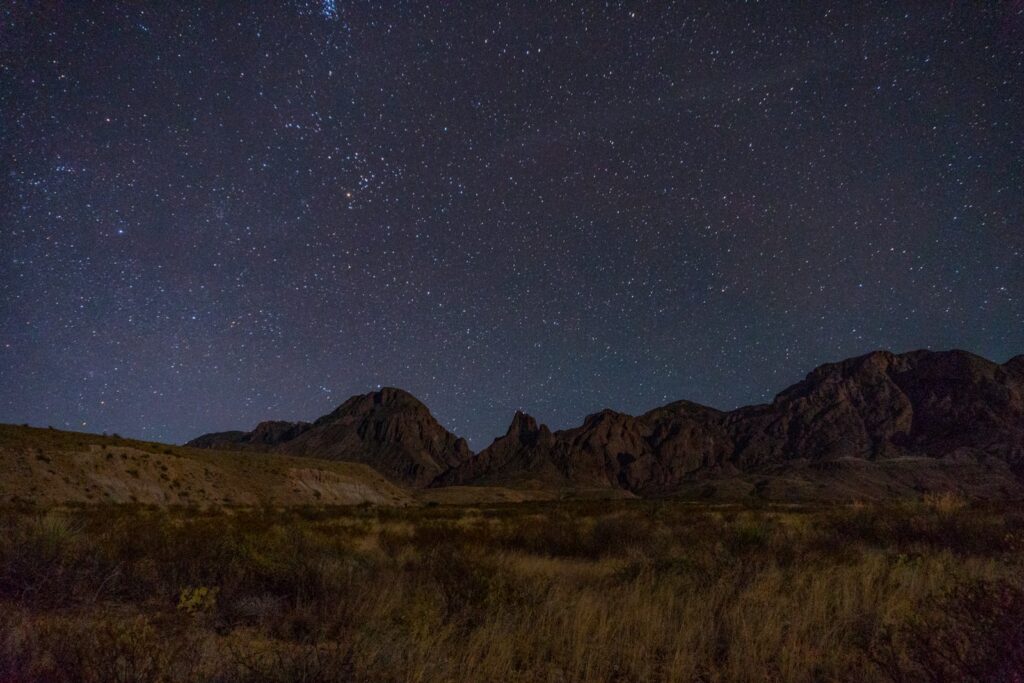
Camping and Accommodation
Camping in Big Bend National Park is a popular choice for visitors looking to immerse themselves in nature. The park offers a variety of camping options to suit different preferences and needs. From backcountry camping permits to designated campgrounds with facilities, there is something for everyone.
For those seeking a more primitive experience, backcountry camping allows you to select your own site in designated zones. Permits are required, and it’s essential to be prepared with proper equipment and knowledge of Leave No Trace principles.
If you prefer more amenities, the park offers three developed campgrounds: Chisos Basin, Rio Grande Village, and Cottonwood. These campgrounds have restrooms, picnic tables, and access to water. It’s important to note that they operate on a first-come, first-served basis, so arriving early is recommended, especially during peak season.
For visitors who prefer more comfortable accommodations, there are nearby lodging options just outside the park boundary, ranging from cozy cabins to rustic motels. These options provide a comfortable base for exploring the park while enjoying the comforts of a bed and a hot shower.
Conservation and Environmental Issues
Big Bend National Park is committed to preserving its natural beauty and protecting its ecological integrity. The park actively engages in conservation efforts, focusing on habitat restoration, wildlife management, and reducing human impact on the environment.
One of the park’s ongoing environmental challenges is water scarcity. With limited water resources, it’s crucial for visitors to practice water conservation and observe park regulations regarding water usage. Additionally, visitors are encouraged to follow Leave No Trace principles, such as packing out trash and respecting wildlife and their habitats.
By practicing responsible tourism and adopting eco-friendly practices, visitors can contribute to the park’s conservation efforts and help preserve Big Bend National Park for future generations.

Visitor Information
Big Bend National Park is open year-round, offering visitors the opportunity to explore its wonders in every season. The park’s operating hours can vary, so it’s advisable to check the official park website or contact park authorities for up-to-date information.
Entry fees are required for visiting Big Bend National Park, with different rates for individuals, motorcycles, and vehicles. The fees contribute to the park’s maintenance and conservation efforts. It’s important to note that annual passes are available for frequent visitors and can provide cost savings for those planning multiple visits.
When planning your visit, it’s essential to prepare for the park’s remote location and limited services. It is advisable to bring plenty of water, food, and supplies, as well as a fully charged cell phone and a detailed map or GPS device. Cellular service can be limited within the park, so it’s crucial to plan accordingly and be self-sufficient.
For the safety and enjoyment of all visitors, it’s important to familiarize yourself with park regulations and guidelines. These include respecting wildlife, staying on designated trails, and practicing fire safety precautions. By following these guidelines, you can help ensure a safe and enjoyable experience in Big Bend National Park.
The park has made efforts to improve accessibility for differently-abled visitors. Accessible restrooms and campsites are available in some areas, and visitors with special needs can contact the park to inquire about specific accommodations and assistance.
Check Out These Great Items From eBay!
Personal Experiences and Recommendations
As someone who has had the privilege of visiting Big Bend National Park, I can attest to the awe-inspiring beauty and tranquility that awaits you. One of my fondest memories is hiking the Lost Mine Trail and being rewarded with panoramic views of the Chisos Mountains and the surrounding desert landscape. The vantage point provided a breathtaking perspective on the vastness of the park.
For first-time visitors, I recommend exploring the Santa Elena Canyon. This majestic canyon, carved by the Rio Grande, offers a glimpse into the park’s geological wonders and provides an unforgettable backdrop for photography. Don’t forget to pack a picnic and enjoy a leisurely lunch by the river, surrounded by towering canyon walls.
If you’re looking to venture off the beaten path, consider exploring Boquillas Canyon. This lesser-known spot offers a serene and secluded experience, with opportunities for wildlife viewing and quiet contemplation. The canyon’s towering limestone cliffs and crystal-clear waters create a tranquil atmosphere that is unmatched.
Conclusion
In conclusion, Big Bend National Park is a hidden treasure that unveils the breathtaking beauty of the Texas wilderness. From its rich history to its unique landscapes, the park offers a captivating experience for visitors of all ages. Whether you choose to hike the trails, camp under the stars, or simply soak in the awe-inspiring views, Big Bend National Park promises an adventure like no other.
So pack your bags, grab your hiking boots, and embark on a journey to Big Bend National Park. Discover the wonders of this remarkable destination and create memories that will last a lifetime. Don’t miss your chance to experience the magic of Big Bend for yourself.
Additional Resources
For more information about Big Bend National Park, please visit the official park website: Big Bend National Park
Guidebooks and maps can provide valuable insights and assistance while exploring the park. Some recommended resources include:
- “Exploring Big Bend National Park” by Laurence Parent
- “Big Bend National Park Trails Illustrated Map” by National Geographic
For specific inquiries or assistance, you can contact the park authorities through the following channels:
- Big Bend National Park Visitor Center: (432) 477-2251
- Big Bend National Park Headquarters: (432) 477-2251
Local tourism offices in the surrounding area can also provide additional information and assistance to make your visit to Big Bend National Park truly unforgettable.













![Big Bend National Park and Vicinity [Images of America] by Alex, Thomas C. , pap](https://i.ebayimg.com/images/g/IW4AAOSwVGFZroll/s-l640.jpg)

![Big Bend Day Hikes and National Park Map [Map Pack Bundle] (National Geographic](https://i.ebayimg.com/images/g/eDMAAOSw0RBkxCe2/s-l1600.jpg)







